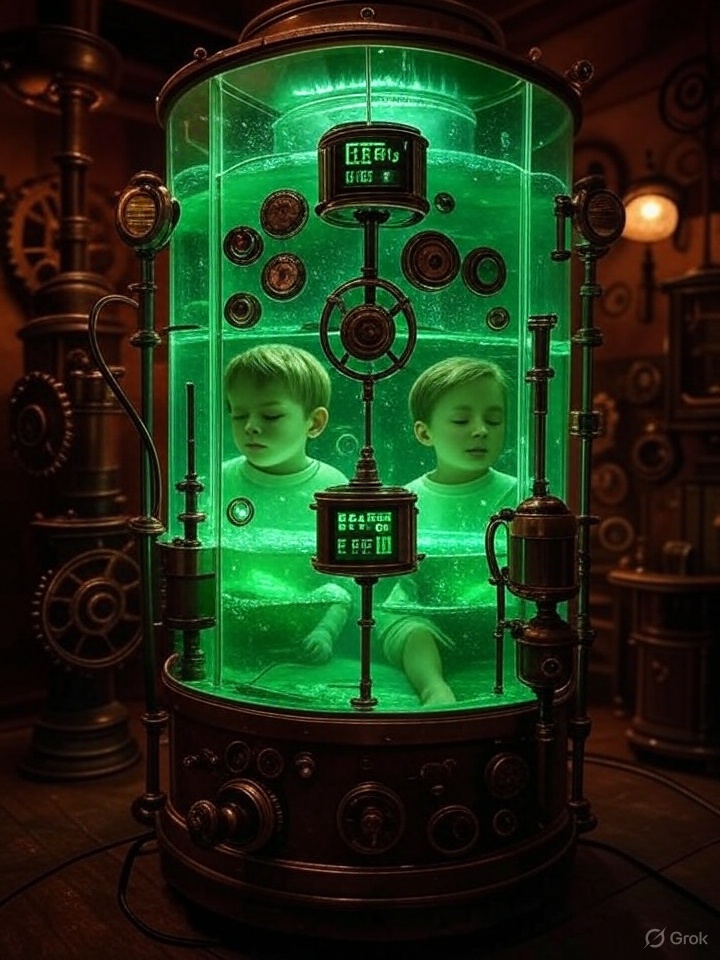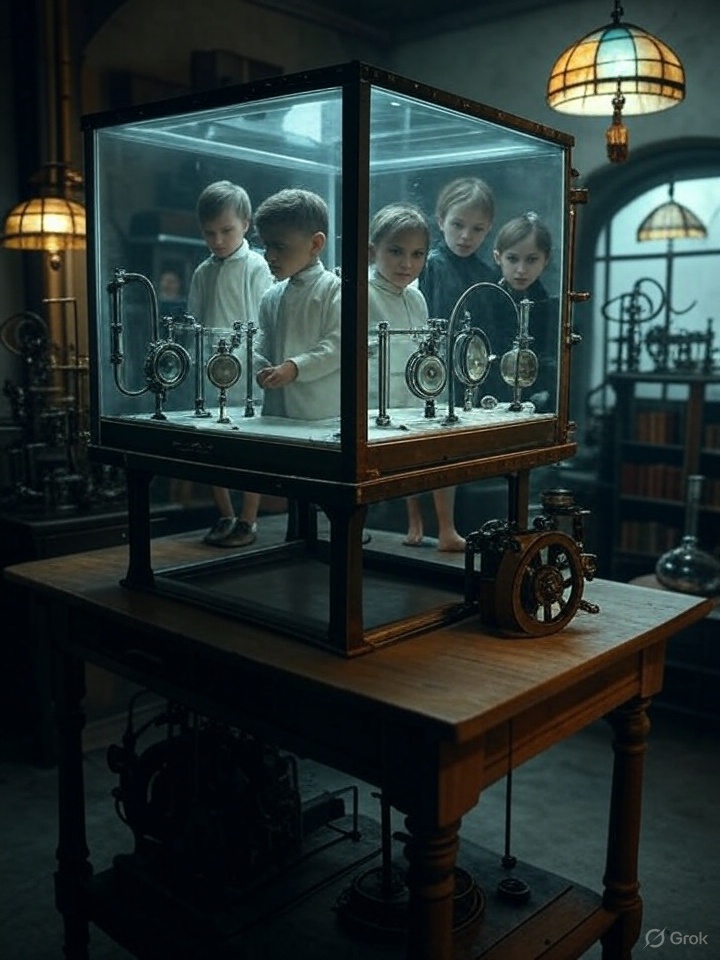In a world where The Sims once seemed like the pinnacle of virtual life design, a new reality is emerging — one that lets prospective parents craft their future child’s traits as if they were building a character in a video game.
 American startup Nucleus has launched a groundbreaking service called Nucleus Embryo, allowing couples undergoing in vitro fertilization (IVF) to select embryos based on specific "stats": height, eye color, IQ, overall health, and even predisposition to conditions like Alzheimer’s. This isn’t science fiction anymore — it’s a $5,999 ticket to a genetically optimized baby.
American startup Nucleus has launched a groundbreaking service called Nucleus Embryo, allowing couples undergoing in vitro fertilization (IVF) to select embryos based on specific "stats": height, eye color, IQ, overall health, and even predisposition to conditions like Alzheimer’s. This isn’t science fiction anymore — it’s a $5,999 ticket to a genetically optimized baby.
The process is eerily straightforward. Couples start by pursuing IVF, a fertility treatment where embryos are created outside the body. They then upload the embryos’ genetic data to Nucleus’ platform.
Within a few hours, the service delivers a detailed report—a "character sheet" of sorts—listing each embryo’s traits and risks across over 900 hereditary conditions and 40 additional attributes, including cognitive ability, mental health, and physical appearance.
Parents can then pick the embryo that best matches their desired outcome, ensuring their child has the "best possible start in life," as Nucleus CEO Kian Sadeghi puts it. Once selected, the embryo is implanted, and the journey to a genetically enhanced baby begins.
Nucleus, which announced the launch of this service on June 4, 2025, has already sparked a firestorm of debate. On one hand, the technology promises to reduce the risk of serious genetic diseases like cystic fibrosis, offering parents unprecedented control over their child’s future health.
 Posts on X reflect a mix of awe and apprehension, with some users likening the process to "picking a video game character," noting its potential to screen for traits like IQ and disease probability. Partnerships with companies like Genomic Prediction, which has reportedly genotyped over 120,000 embryos, further underscore the scale and ambition of this technology.
Posts on X reflect a mix of awe and apprehension, with some users likening the process to "picking a video game character," noting its potential to screen for traits like IQ and disease probability. Partnerships with companies like Genomic Prediction, which has reportedly genotyped over 120,000 embryos, further underscore the scale and ambition of this technology.
But the implications are as unsettling as they are revolutionary. Critics argue that this service, priced at $5,999, turns reproduction into a consumerist game, where children are "designed" to meet parental expectations rather than being accepted as they are. The ethical concerns are staggering: what happens to the embryos that don’t make the cut?
Are we paving the way for a society divided by genetic "haves" and "have-nots"? And how accurate are these predictions, really? Polygenic risk scores, which Nucleus uses to assess traits like IQ or Alzheimer’s risk, are probabilistic at best and often based on datasets skewed toward people of European descent, raising questions about their reliability for diverse populations.
Moreover, the ability to select for non-medical traits like height or eye color edges dangerously close to the "designer baby" dystopias of science fiction — like the film Gattaca, where genetic perfection dictates social status. Bioethicists worry that this could exacerbate inequality, as only those who can afford the service will have access to these genetic advantages. As philosopher Peter Singer has noted, “the present generation of wealthy people will have the opportunity to embed their advantages in the genes of their offspring.”
 Also read:
Also read:
- Razer Unveils HyperFlux V2: A Mouse Pad That Charges Your Wireless Mouse While You Use It
- Character.AI Launches AI-Character Video Generation
- Linux Users Hit Record High on Steam, Reaching 2.69% in May 2025
Nucleus’ service also raises deeper philosophical questions. If parents can preselect traits like intelligence or athleticism, will they impose crushing expectations on their children to fulfill those genetic "promises"?
And what does this mean for the concept of unconditional love, when a child’s very existence is the result of a curated checklist?
The future of parenthood is here, and it’s charging $5,999 a pop. Nucleus Embryo may offer a tantalizing glimpse at a world where we can shape our children’s destinies with a few clicks — but at what cost? As we step into this brave new world, one thing is clear: the line between creating life and designing it has never been blurrier.






